With fallible celebs & social media faux pas, will it be renaissance of brand mascots?
Mascots have been observed to be a favourable support system for brands in Indian and global advertising for a long time. Animals have been represented as mascots in the earlier days to bring amusement to the audiences during any match in order to infuse fear as well as to inculcate entertainment factor in the show. Over the years mascots have evolved from animals to two dimensional fantasy mascots to the three dimensional mascots that we know of today. The change has allowed the audiences to not only have perceptible entertainment as well the ability to engage with the mascots in the real world. Brands have thus increasingly begun to take advantage of the potential of the mascots and the value that they contribute, thereby developing their own mascots with whom consumers can connect with.
Brand mascots add personality to a brand and become the brand voice. People of all age groups, especially children are able to connect more with brand mascots. Use of brand mascots has been known to be a guerilla marketing strategy. In India, the advertising industry has time and again portrayed the inclusion of brand mascots in branding. For example, Amul Girl, Nirma Girl, Parle-G Girl, Asian Paints Gattu, Onida’s Devil, Air India’s Maharaja, Vodafone ZooZoos, Boomer Man, Fido Dido, Ronald McDonald and many others.
Speaking on brand mascots, Harish Bijoor, Founder, Harish Bijoor Consults Inc, said, “Brand mascots emerged in the good old days when many of us were not born. It was an era when a real baby gave way to the Murphy baby and a real painter boy gave way to the caricature of a Gattu!”
Brand mascots, thus represent a deeply ingrained tendency of humans to comprehend the world around them with the help of anthropomorphic objects. They struck the imagination of the consumers supporting them to look beyond the products and services a brand offers and to establish relationship with the brand, helping in humanizing an inanimate product and uphold the brand vision, thereby instilling trust as well as loyalty for the brand in the consumers’ minds. Brand mascots thus help to form an emotional bond with the consumers.
On the other hand, Sandeep Goyal, MD, Rediffusion, noted,“Brand mascots have been around for more than 100 years when most people were not literate enough to understand the brand and its product ideology. They could not read, so brand mascots helped them to resonate with the brand. Lesser and lesser brands now feel the need to have a brand mascot. Moreover creating a brand mascot who is universal and neutral in its approach is difficult. Now the market is too cluttered and the literate customers do not need brand mascots anymore to recognize the brand. There is an emergence of digital products. Brand mascots have been replaced by celebrities as the face of the brand.”
The use and representation of Mascot has evolved from time to time. Over the years brands have stopped using mascots and instead relied on celebrity endorsers and social media influencers.
Moreover the production cost of creating, designing and utilizing a brand mascot is low. Another fact is that the image of the celebrities and influencers is correlated with how the brand is being perceived by the target audience. With this respect brand mascots reduce the chances of risk and are easier to manage as it requires only ideation to properly execute the personality of the brand mascot
Giving her opinion about this, Vani Gupta Dandia, Marketing Consultant, CherryPeachPlum Growth Partners, remarked, “Most often this debate is between hiring a celebrity or creating a brand mascot. Assuming a brand has money, hiring a celebrity is easy - it also makes the brand feel big depending on the stature of the celebrity himself or herself. However a celebrity is finally a human being and is hence prone to ups and downs which may not always be desirable. A mascot on the other hand is entirely within the control of the creators - one can make the mascot do exactly what one wants it to do.”
Jagdeep Kapoor, Founder Chairman and Managing Director, Samsika Marketing Consultants, was of the view that, “Brand Mascots lost significance because of the ‘out of sight , out of mind’ phenomenon. Right through the COVID year , the emphasis on mascots went out of the window, because companies were concentrating on ‘Bread and Butter’ issues like supply chain, distribution, working days and cost cutting.”
Harish Bijoor further added, “As the years passed, brand endorsers from film and cricket took their roles away. And now we come a full circle .Remember, a brand-endorser can do no wrong. She cannot shoot a Chinkara or get caught in a betting scandal to the detriment of the endorsed brand. I promote brand mascots because the company owns it inalienably, is a focussed brand property, and every rupee invested in promoting it is a forever owned investment”
Mascots are again making a comeback as brands realise their importance for effective brand recall and communicating a brand’s message to the target audience. An example is that of 7up’s Fido Dido, a cartoon character who is known for his human like qualities and attributes. In a recent ad film of 7up by DDB Mudra, Fido is seen bringing a fresh perspective to everyday situations when he helps an old woman to cross the road along with two other human characters, highlighting the brand’s tagline ‘Think Fresh’. Another example is that of the Vodafone ZooZoo’s who have stressed on the importance of washing hands during the Covid-19 pandemic at the time of the IPL in 2020. ZooZoo’s are also seen communicating about the need to trust the right sources for information in the midst of too much information in one of the campaigns. Again one of the recent quirky comments by the Amul girl has been ‘Better saaf than sorry – Amul always safe’ to prevent the spread of coronavirus.
Jagdeep Kapoor pointed out, “Amul’s Utterly Butterly Delicious girl is growing from strength to strength.The rejuvenation of Air India has brought the Maharaja back into the spotlight. Mascots are back with a vengeance. There’s a LOT that brands have GOT, through their masCOT!” The brand gets a boost and immunity from Mascots. The Maharaja will be giving a huge boost to the Air India brand. The ‘ Utterly Butterly Delicious ‘girl gave tremendous immunity to the brand Amul during the COVID days , increasing memorability and recall and a huge jump in sales , even during the pandemic times. The new possibilities of brand mascots can be Brand Personification. The mascot can be a family member creating a bond between consumer families and the brand. The ‘Mascot could be much Sought’ connecting the consumer family with brand, tangibly and intangibly.”




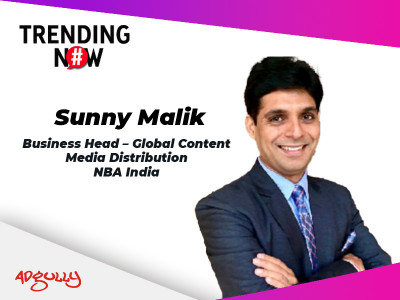
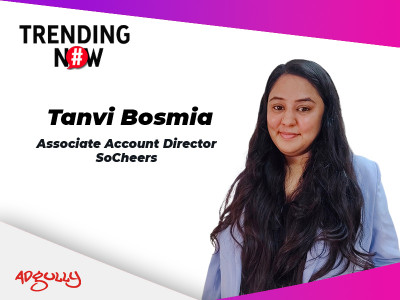
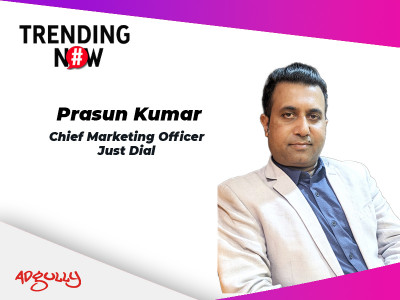
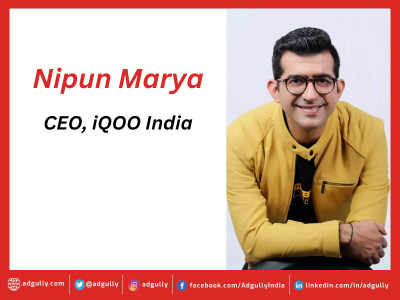




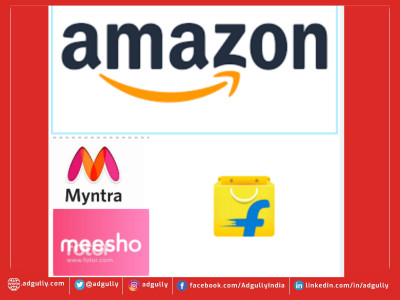



Share
Facebook
YouTube
Tweet
Twitter
LinkedIn